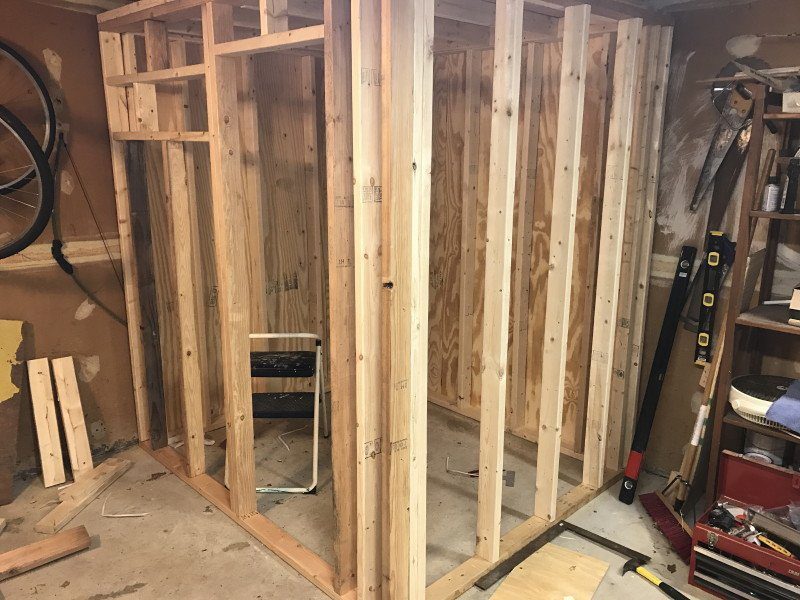Insulating your sauna is an important step in ensuring that it retains heat effectively and provides a comfortable, energy-efficient experience. What You’ll Need

Before you begin, gather the following materials:
- Fiberglass batts or mineral wool insulation
- Foil-faced bubble wrap (for vapor barrier)
- 2×4 studs for framing
- Wood liner or paneling (cedar, spruce, or hemlock)
- Weatherstripping or caulk
- Foil tape
- Protective gear (gloves, goggles, and a face mask)
Step 1: Choose the Right Insulation Material
When it comes to insulating your sauna, you have a few options. Fiberglass batts are a popular choice because they’re affordable and heat-resistant. Mineral wool is another good option, as it’s fire-resistant and provides excellent insulation. You can also use foil-faced bubble wrap as a vapor barrier for added insulation.
Step 2: Insulate the Walls
Start by framing the walls with 2×4 studs, making sure they fit tightly. Then, install your chosen insulation material between the studs, filling the cavities completely. If you’re using fiberglass, be sure to wear protective gear to avoid skin irritation. Take care to eliminate any gaps or voids in the insulation.
Step 3: Insulate the Ceiling
Next, move on to the ceiling. Install insulation between the ceiling joists, just like you did with the walls. Consider using a thicker insulation for the ceiling, as heat rises and you want to keep as much of it inside the sauna as possible.
Step 4: Install a Vapor Barrier
To prevent moisture from penetrating the insulation, install a vapor barrier, such as foil-faced bubble wrap, on the warm side of the insulation. Overlap the seams and seal them with foil tape to create a continuous barrier.
Step 5: Insulate the Floor
If your sauna is built on a concrete slab, install rigid foam insulation before laying the flooring. For raised floors, insulate between the floor joists using fiberglass or mineral wool.
Step 6: Seal Air Leaks
To maintain your sauna’s efficiency, it’s important to seal any air leaks. Check around doors, windows, and electrical outlets, and use weatherstripping or caulk to seal any gaps.
Step 7: Install Ventilation
Proper ventilation is essential for a healthy and comfortable sauna experience. Install a vent near the floor to draw in fresh air, and another near the ceiling to expel stale air.
Step 8: Cover the Insulation
Install a wood liner or paneling over the insulation and vapor barrier. Choose a wood that can withstand high temperatures and humidity, such as cedar, spruce, or hemlock.
